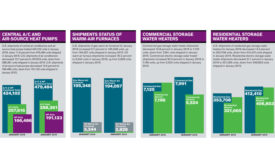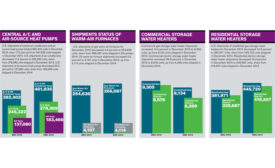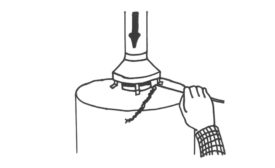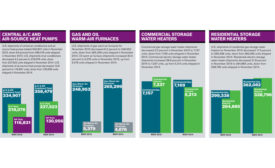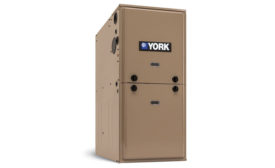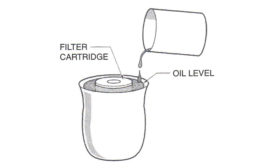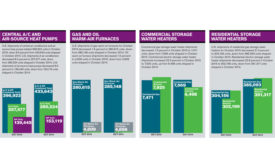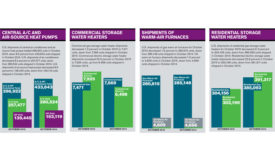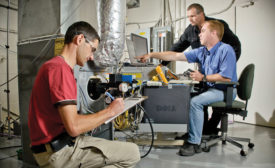Furnaces
High-efficiency Furnaces Remain in High Demand
Manufacturers strive to create systems that save energy, provide better comfort
Read More
Portable Products Press Proportional Parameters
Manufacturers work to make units smaller as component technology improves
Read More
Oil Furnace Shipments on the Rebound in 2015
Shipments increase for the second consecutive year
Read More
Copyright ©2024. All Rights Reserved BNP Media.
Design, CMS, Hosting & Web Development :: ePublishing
